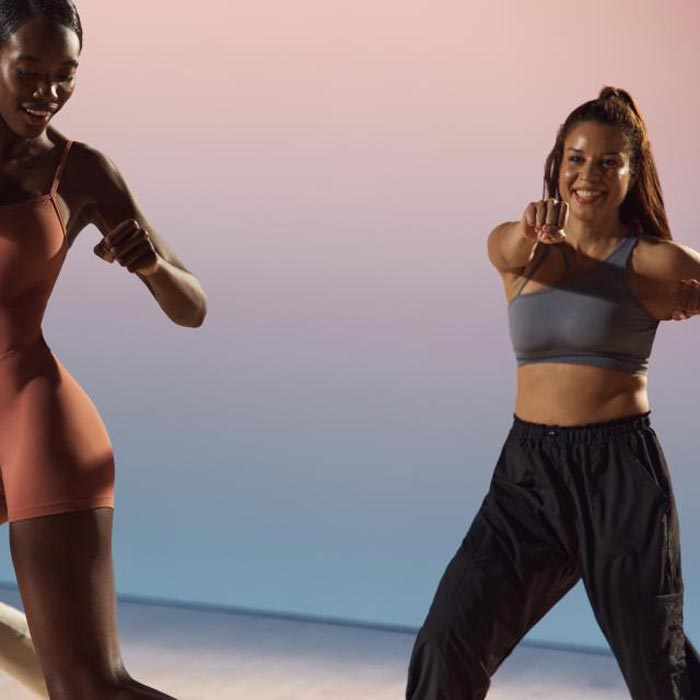Oura Ring Review: My Thoughts After 5+ Years of Use
Wearable tech has exploded in popularity over the last decade, with smartwatches and fitness trackers dominating the market. But back in 2018, I took a different route—I bought an Oura Ring.
Fast forward to today, and I’ve worn this sleek little titanium ring almost every night for over five years. Has it been worth it? Did it live up to the hype? And most importantly—should YOU buy one?
In this deep dive, I’ll share my honest, long-term review of the Oura Ring, covering:
- How it works (and how it doesn’t)
- The good, the bad, and the surprising
- Whether it’s still worth it in 2024
- Who should (and shouldn’t) buy one
Let’s get into it!
What Is the Oura Ring?
For those unfamiliar, the Oura Ring is a smart ring that tracks:
✅ Sleep (stages, efficiency, disturbances)
✅ Recovery (HRV, resting heart rate, body temp)
✅ Activity (steps, calories, movement)
Unlike bulky smartwatches, it’s minimalist, lightweight, and designed for 24/7 wear. It syncs with an app that gives you a daily “Readiness Score” (how recovered you are) and a “Sleep Score” (how well you slept).
My 5+ Year Experience: The Good
1. Unmatched Sleep Tracking
The Oura Ring’s biggest strength is sleep analysis. It tracks:
- Deep, REM, and light sleep (with impressive accuracy)
- Sleep latency (how long it takes to fall asleep)
- Wake-ups and disturbances (hello, midnight bathroom trips)
After years of use, I’ve found its sleep staging to be far more reliable than my Apple Watch or Whoop band. It even predicted when I was getting sick by noticing elevated body temperature before symptoms hit.
2. Comfort & Battery Life
Since it’s just a ring, I forget I’m wearing it. No wrist irritation, no charging every night. Speaking of charging—battery life is stellar (4-7 days, depending on usage).
3. No Screen = Less Distraction
Unlike smartwatches that buzz with notifications, the Oura Ring keeps things simple. It silently collects data without interrupting your day.
4. Longevity & Durability
After 5+ years, my ring still works perfectly. The titanium finish has held up, and the battery hasn’t degraded much. That’s impressive for wearable tech!
The Not-So-Good: My Complaints
1. Activity Tracking Is Just… Okay
Oura is not a fitness tracker. It counts steps and calories, but:
- No built-in GPS (so outdoor runs are iffy)
- Workout detection is weak (you’ll need to manually log exercises)
If you’re a serious athlete, you’ll still need a Garmin or Apple Watch for workouts.
2. Subscription Model (The Big Turnoff)
When I bought mine, it was a one-time purchase. Now? Oura requires a $6/month subscription to access most insights.
This is my biggest gripe—why pay $300+ for hardware and a monthly fee?
3. Limited Smart Features
Want notifications, music control, or contactless payments? Too bad. The Oura Ring is purely a health tracker, not a smart device.
Is the Oura Ring Worth It in 2024?
✅ YES, if you:
- Care deeply about sleep & recovery
- Want a discreet, comfortable wearable
- Don’t mind the subscription fee
❌ NO, if you:
- Want advanced fitness tracking (get a Garmin)
- Hate subscriptions (look at Ultrahuman Ring or Circular Ring)
- Need smart features (stick with an Apple Watch)
Final Verdict: Still My Favorite Wearable
Despite its flaws, the Oura Ring remains my most-used health device. It’s the best sleep tracker I’ve ever tried, and the long-term insights have genuinely helped me optimize my rest and recovery.
Would I buy it again today?
- Without the subscription? Absolutely.
- With the subscription? It’s a harder sell.
If Oura ever drops the paywall, it’s a no-brainer. Until then, weigh whether the sleep data is worth the ongoing cost.
Your Turn!
Do you use an Oura Ring? What’s been your experience? Or are you considering another wearable? Let’s discuss in the comments!




